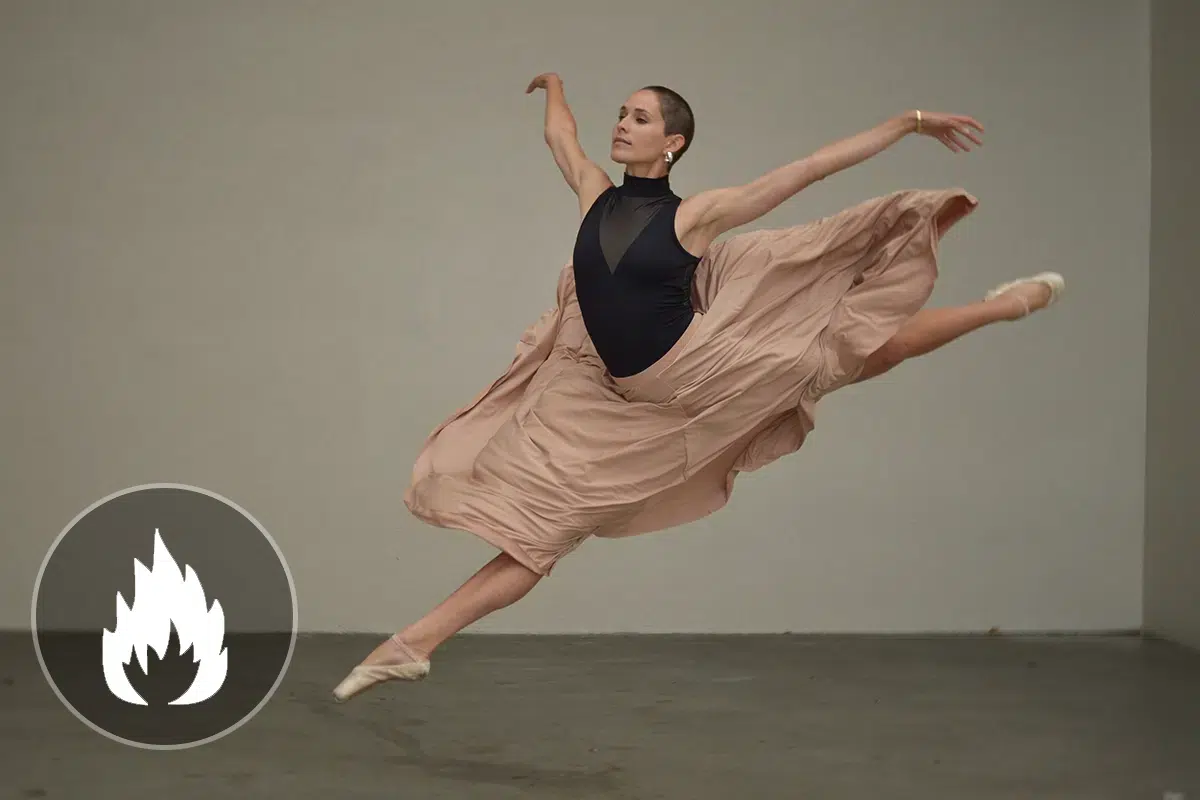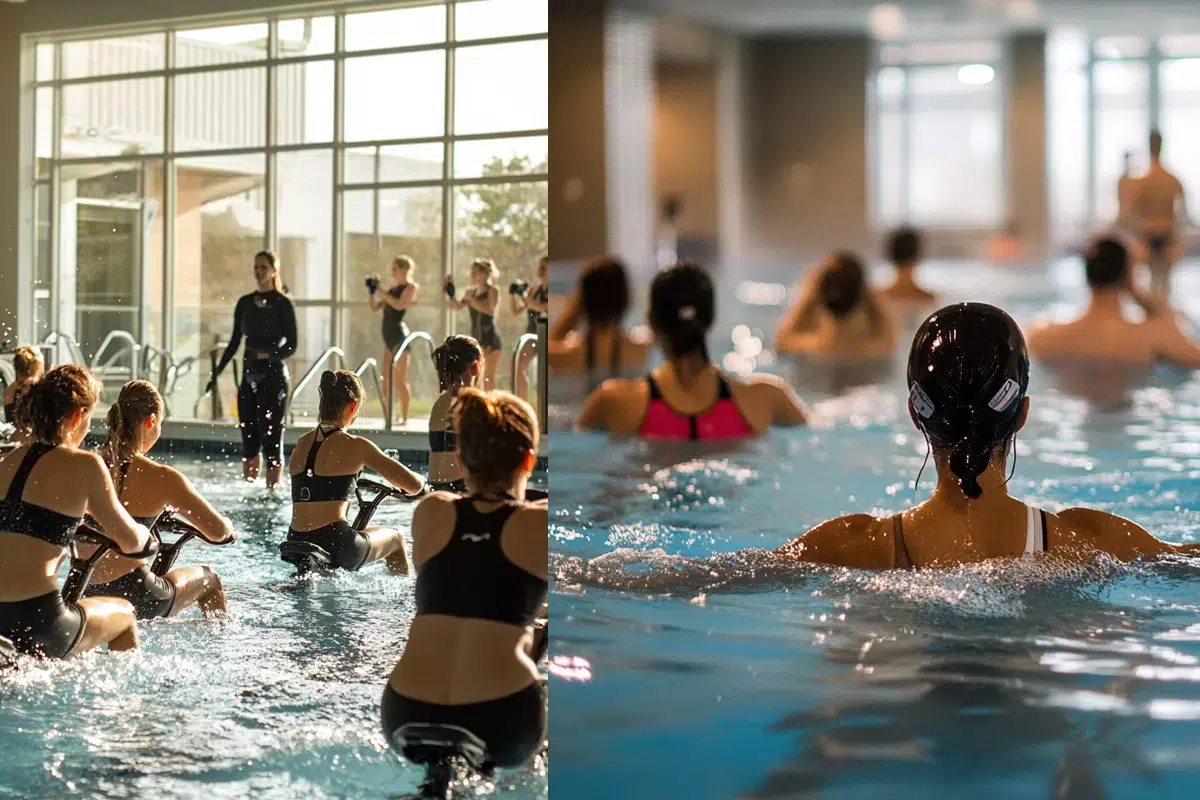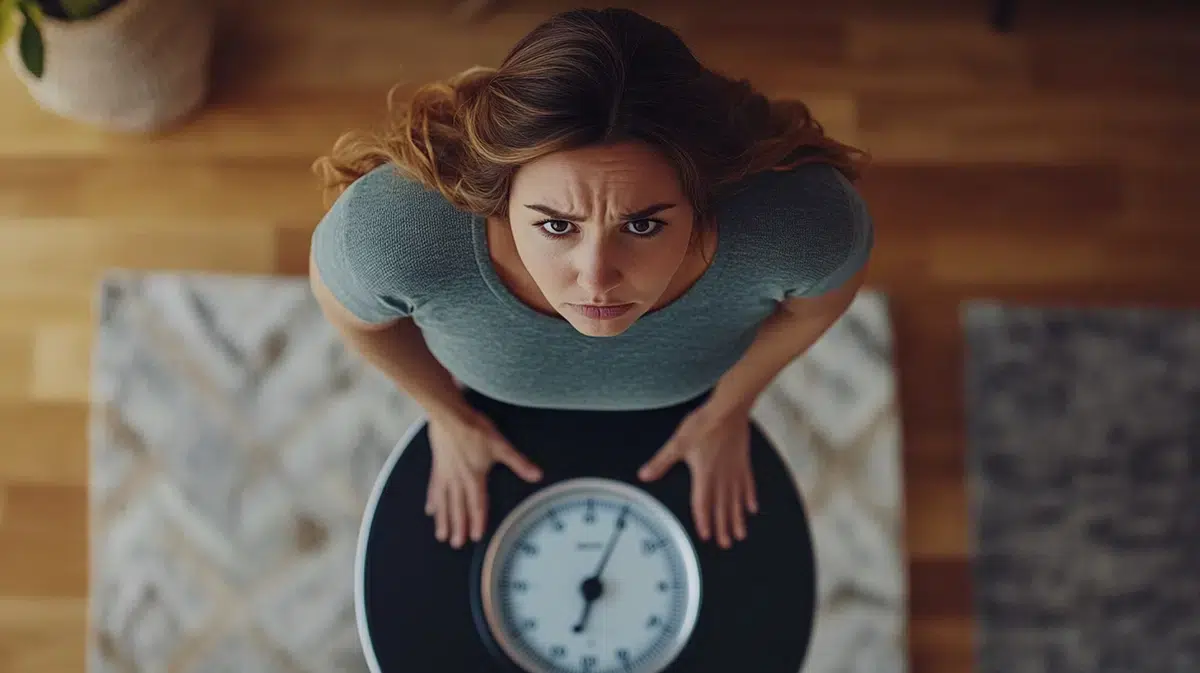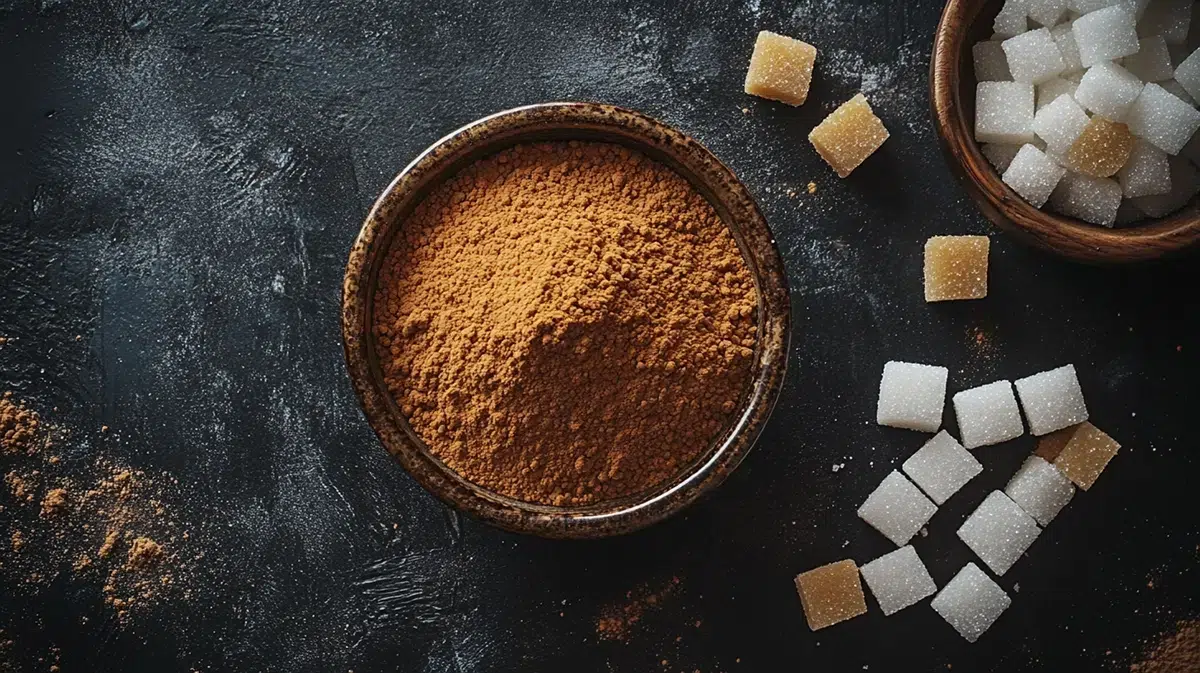Show summary Hide summary
How many calories do we burn dancing?

All you need to know about dancing
Curious how many calories are burned in 30 minutes or 1 hour of dancing? Use our tool to get an accurate estimate.
Discover other REGIVIA calculators:
Dancing: A few examples of energy expenditure depending on weight and activity time.
The table below shows you how many calories you lose by dancing according to your weight profile.
Dance
Low intensity
Kilocalorie expenditure
| Weight | 15 minutes | 30 minutes | 1 hour |
|---|---|---|---|
| 40 kg | 32 | 63 | 126 |
| 50 kg | 39 | 79 | 158 |
| 60 kg | 47 | 95 | 189 |
| 70 kg | 55 | 110 | 221 |
| 80 kg | 63 | 126 | 252 |
| 90 kg | 71 | 142 | 284 |
Dance
Moderate intensity
Kilocalorie expenditure
| Weight | 15 minutes | 30 minutes | 1 hour |
|---|---|---|---|
| 40 kg | 42 | 84 | 168 |
| 50 kg | 53 | 105 | 210 |
| 60 kg | 63 | 126 | 252 |
| 70 kg | 74 | 147 | 294 |
| 80 kg | 84 | 168 | 336 |
| 90 kg | 95 | 189 | 378 |
Dance
High intensity
Kilocalories expenditure
| Weight | 15 minutes | 30 minutes | 1 hour |
|---|---|---|---|
| 40 kg | 53 | 105 | 210 |
| 50 kg | 66 | 131 | 263 |
| 60 kg | 79 | 158 | 315 |
| 70 kg | 92 | 184 | 368 |
| 80 kg | 105 | 210 | 420 |
| 90 kg | 118 | 236 | 473 |
See detailed calculations and metabolic equivalent for dance
All you need to know about dancing
FIND OUT MORE ABOUT DANCING
Dance in all its forms, whether contemporary or classically trained, is an excellent physical activity that allows you to work the body as a whole, but also to work on the coordination of movements and therefore balance. It can be practised as a couple or solo , and the list is long because there are so many dances to choose from. There are as many dances as there are countries, and within each country as many dances as there are regions, if we include folk dances.
It offers a multitude of styles and forms, from classical ballet to contemporary dance, hip-hop, salsa, tango and many others. In addition to its creative and artistic aspects, dance has many benefits for physical and mental health.
Some benefits of dancing:
- Improved physical condition: Dance is a complete physical activity that uses different muscle groups and improves strength, flexibility, endurance and coordination. It also helps to improve posture, balance and stability.
- Cardiovascular: Dancing in a rhythmic and sustained way can be an excellent cardiovascular exercise, stimulating the heart and promoting cardiorespiratory health. It helps to strengthen the cardiovascular system, improve blood circulation and reduce the risk of cardiovascular disease.
- Brain stimulation: Dance stimulates memory, concentration, coordination and synchronisation, which in turn stimulates brain connections and can help improve cognitive function. Studies have shown that regular dancing can help prevent age-related cognitive decline.
- Emotional expression and mental well-being: Dance allows you to express yourself through movement, get your emotions out and foster a better connection with yourself. It offers a form of escape and entertainment and can help reduce stress, anxiety and depression.
- Socialisation and social interaction: Dance is often practised in groups or couples, offering opportunities for socialisation and social interaction. This encourages bonding, builds self-confidence, develops social skills and contributes to improved self-esteem.
- Improved posture and coordination: Dancing requires body awareness and control of movement, which promotes better posture, precise coordination and proprioception.
- Fun and entertainment: Dance is a fun and entertaining activity that provides pleasure and satisfaction. It frees you up, helps you relax and makes you feel good about your body.
In conclusion, dance is much more than just a physical activity, it’s a genuine artistic expression that offers numerous physical and mental health benefits. Whether you’re a beginner or an experienced dancer, dance is accessible to everyone and can be practised at any age. So let yourself be carried away by the music, express yourself through movement and enjoy the benefits of dance for your overall well-being.
How to calculate the number of calories burned dancing
The result displayed is expressed in Kcal and is calculated using the MET (Metabolic Equivalent of Task). The MET for each activity is the result of statistical data and cannot therefore be interpreted as an exact calculation, but rather as an estimate that takes into account the MET value and the ratio between the time spent doing an activity and the weight of the individual.
For example: The MET value for moderate dancing is 4. This means that a person who dances consumes 4 times more energy than when resting.
Discover the detailed formula to calculate your daily energy expenditure while dancing
Consumption in Kcal per minute = (METs*3.5*Weight in kilos)/200
So for a 60kg person dancing for 50 minutes:
Consumption in Kcal per minute = (4*3.5*60)/200 = 4.2 Kcal/min
So for 50 minutes = 4.2*50 = 210 kcal for 50 minutes
All sports in detail!



















































